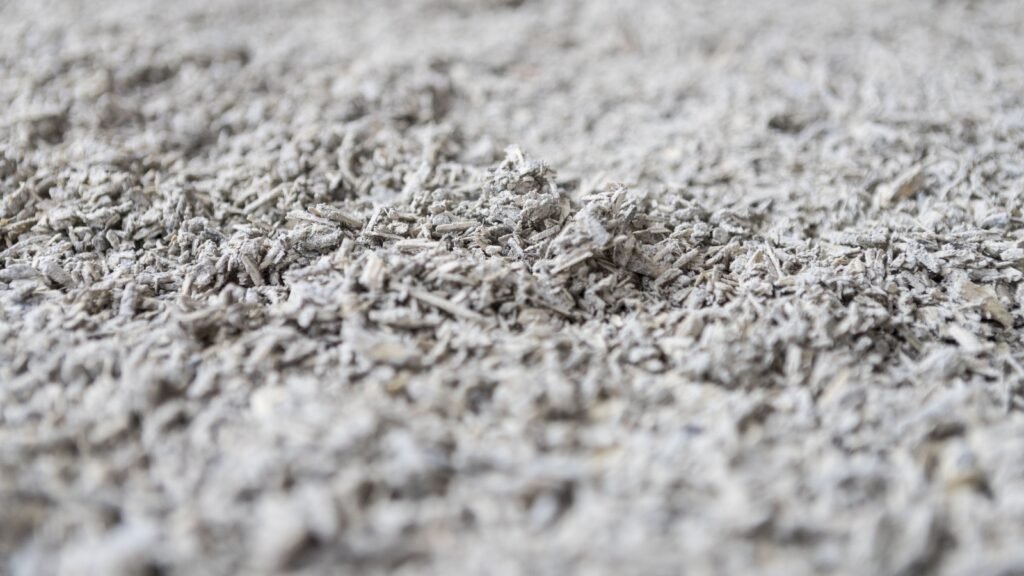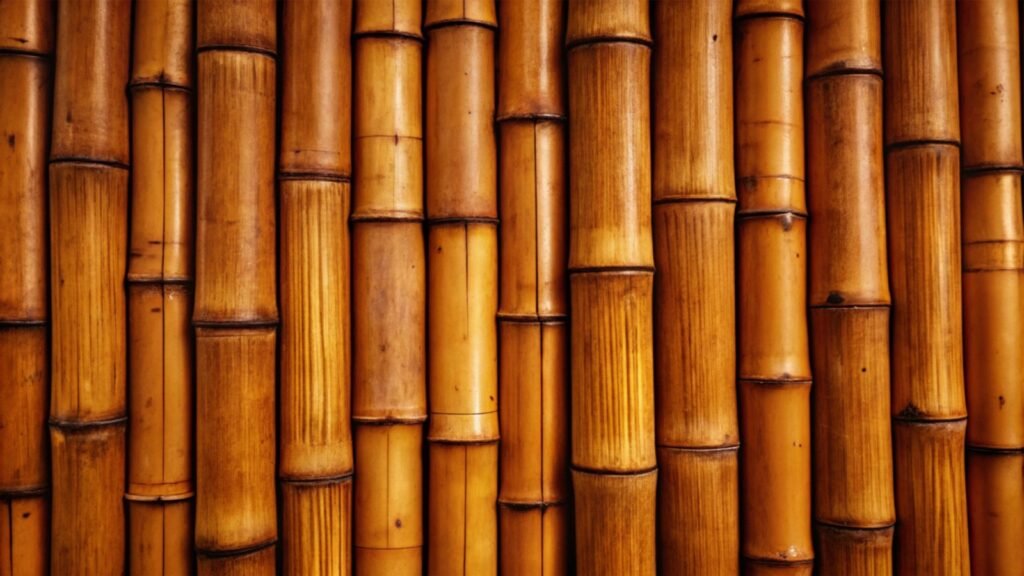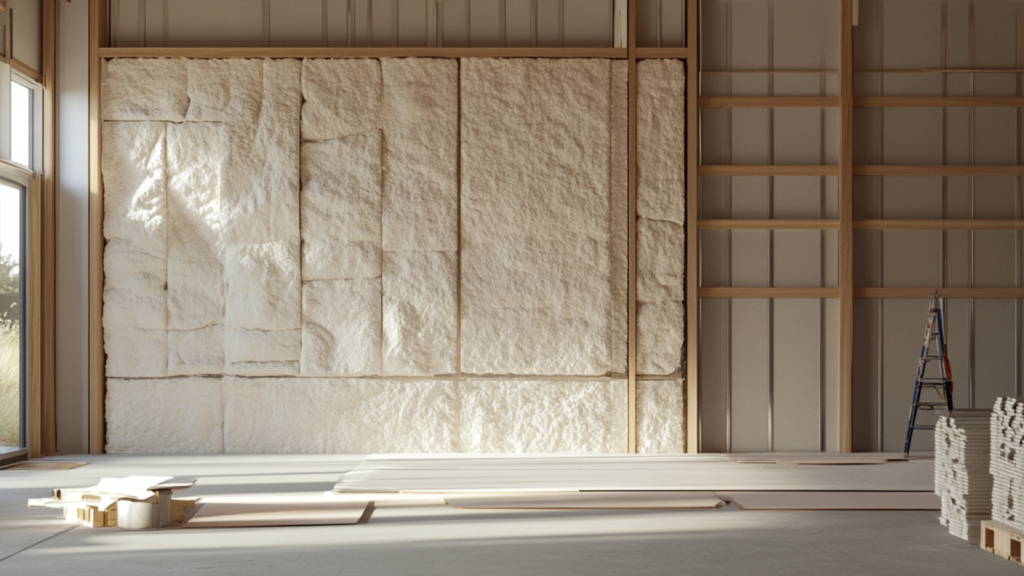When living off-grid, staying warm during the colder months is one of the biggest challenges you’ll face. But instead of relying solely on costly or fuel-dependent heating systems, nature provides us with several sustainable, natural insulation options. Using these materials helps to reduce heat loss, keep your home comfortable, and, most importantly, allows you to maintain self-sufficiency without adding more to your carbon footprint. From time-tested methods used by our ancestors to innovative eco-friendly alternatives, these options will not only keep you cozy but also connect you to the world around you. Let’s explore how you can harness natural insulation to create a well-insulated, energy-efficient home off the grid.
1. Straw Bales

Straw bale construction has been used for centuries as a natural insulator. Straw is an excellent insulator because it traps air inside its structure, reducing heat loss and helping to regulate temperatures inside your home. It’s also a renewable resource that is easy to source if you live in a rural area. While it’s most effective when used in walls, straw bales can also insulate floors and ceilings, keeping the heat where you need it most. Just make sure the straw is packed tightly and protected from moisture to prevent it from rotting.
2. Wool Insulation

Sheep’s wool is one of nature’s best insulators. It has incredible heat retention properties due to its ability to trap air between the fibers, maintaining warmth while also being naturally breathable. Wool can absorb moisture without losing its insulating power, making it ideal for damp climates. Unlike synthetic materials, it’s completely biodegradable and renewable, making it a perfect choice for the environmentally conscious. Wool insulation can be used in walls, attics, and even under flooring to add that extra layer of warmth.
3. Earthbags

Earthbags, filled with natural materials like sand or soil, create an excellent form of insulation. They provide thermal mass, meaning they can absorb and store heat during the day and release it slowly at night, maintaining a consistent temperature inside your home. These bags are extremely durable and can be stacked to form walls that not only insulate but also protect against the elements. Earthbag homes are especially well-suited for off-grid living because they require minimal external resources and can be built from the land around you.
4. Cob

Cob is an ancient building material made from a mix of clay, sand, straw, and water. When used to construct walls, cob provides significant thermal mass, helping to keep homes cool in the summer and warm in the winter. It’s also very fire-resistant and can last for centuries if maintained properly. Cob walls are thick and help to block heat transfer, meaning less heat escapes your home during cold nights. Plus, it’s a low-cost, low-impact option that you can create with materials found on-site, making it a sustainable choice for off-grid homes.
5. Hempcrete

Hempcrete, made from a mixture of hemp hurds, lime, and water, is a lightweight and insulating building material. Its natural properties make it an excellent insulator, regulating temperature and humidity in your home. Hemp is a fast-growing, sustainable plant that can be harvested in just a few months, making it an eco-friendly insulation choice. Hempcrete walls provide both thermal and acoustic insulation, and they’re breathable, allowing moisture to escape and preventing mold growth. While it might require professional help for large-scale construction, hempcrete is a highly effective way to keep your home warm without synthetic insulation.
6. Recycled Denim Insulation

An eco-friendly alternative to traditional insulation, recycled denim is made from post-consumer denim scraps. It’s treated to be fire- and pest-resistant and provides excellent thermal and acoustic insulation. Denim insulation is non-toxic and safe to handle, unlike some synthetic materials that release harmful chemicals into the air. It can be installed in walls, floors, or attics and provides a warm, sustainable solution for those looking to reduce their environmental impact while staying warm off-grid.
7. Living Roofs (Green Roofs)

A living roof, also known as a green roof, involves growing plants on top of your home’s roof structure. This adds an insulating layer of soil and vegetation, which helps to trap heat and maintain stable indoor temperatures. In colder months, the soil acts as a barrier, reducing heat loss through the roof. In the summer, it can help cool the house by absorbing sunlight. While more common in urban eco-homes, a green roof is a great off-grid solution, especially if you want to combine insulation with sustainable gardening practices.
8. Cork Insulation

Cork is an excellent natural insulator due to its unique structure. The air-filled cells in cork make it lightweight and effective at trapping heat. It’s harvested from the bark of cork oak trees, which regenerate after being stripped, making cork a renewable and eco-friendly material. Cork is also naturally fire-resistant, moisture-resistant, and provides sound insulation, making it a versatile option for walls, floors, and even ceilings. Cork insulation panels are easy to install and can help regulate your home’s temperature without the need for synthetic materials.
9. Recycled Paper (Cellulose) Insulation

Cellulose insulation is made from recycled newspaper treated with borates to make it fire- and pest-resistant. It’s blown into walls, attics, or floor cavities, filling gaps and reducing air leaks. As a natural and sustainable material, cellulose insulation offers excellent thermal performance while reducing the amount of waste sent to landfills. It’s a particularly great option for those living off-grid who want to minimize environmental impact while maximizing energy efficiency. Plus, it can be retrofitted into existing homes without major renovations.
10. Rammed Earth

Rammed earth construction involves compacting a mix of soil, sand, and clay between forms to create thick, solid walls. These walls act as a thermal mass, absorbing heat during the day and releasing it at night, which helps to regulate indoor temperatures. Rammed earth is extremely durable, fire-resistant, and requires very little energy to produce. It’s a traditional building technique that has been used for thousands of years, and it’s especially effective in climates with hot days and cold nights, making it an ideal choice for off-grid homes in desert or temperate regions.
11. Timber Cladding

Wood is a natural insulator due to its porous structure, and timber cladding can help to significantly reduce heat loss in your home. Using untreated or sustainably sourced timber not only insulates but also enhances the aesthetic appeal of your off-grid home. Wood cladding works best when installed as a secondary outer layer, creating an air gap that acts as an additional barrier against the cold. Timber is also renewable and can be locally sourced, making it a great sustainable choice for insulation.
12. Thatch Roofing

Thatch roofing, made from dried vegetation like straw, reeds, or palm leaves, provides excellent natural insulation. The tightly packed plant material traps air, helping to retain heat during cold months. Thatch is also breathable, which means it allows moisture to escape, reducing the risk of dampness and mold inside your home. This ancient roofing method is still used in many parts of the world and is particularly effective for off-grid homes in rural or temperate regions. Plus, it adds a rustic, earthy charm to your home.
13. Bamboo Insulation

Bamboo is one of the fastest-growing renewable resources on the planet, and it’s gaining popularity as an insulation material. When processed into panels or fiber-based insulation, bamboo can provide excellent thermal performance. Its hollow structure naturally traps air, creating an effective barrier against heat loss. Bamboo insulation is biodegradable, non-toxic, and naturally pest-resistant, making it a great choice for off-grid, eco-friendly living. It’s also lightweight and easy to handle, making installation a breeze for DIY builders.
14. Dead Air Space

This method isn’t about a material, but a concept you can use to insulate your home. Dead air space refers to creating empty pockets between layers of materials, like walls or flooring, that trap still air. This air pocket acts as an insulator by reducing the transfer of heat. By designing your home with double walls, for instance, you can create a buffer that keeps the heat from escaping, using no additional materials. It’s an inexpensive, simple, and highly effective technique that pairs well with other natural insulation methods.

